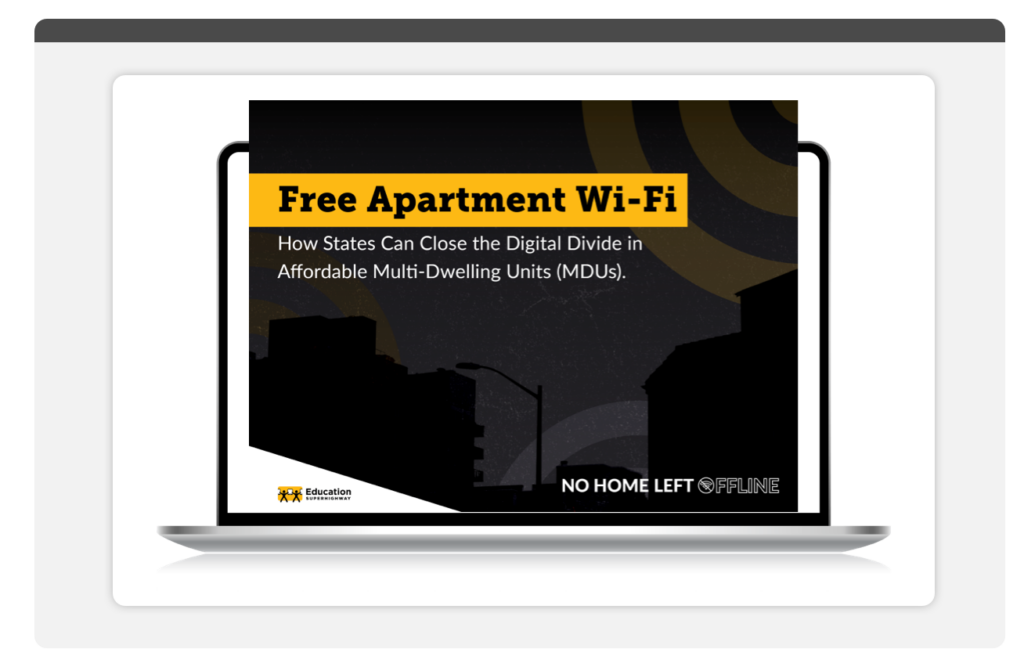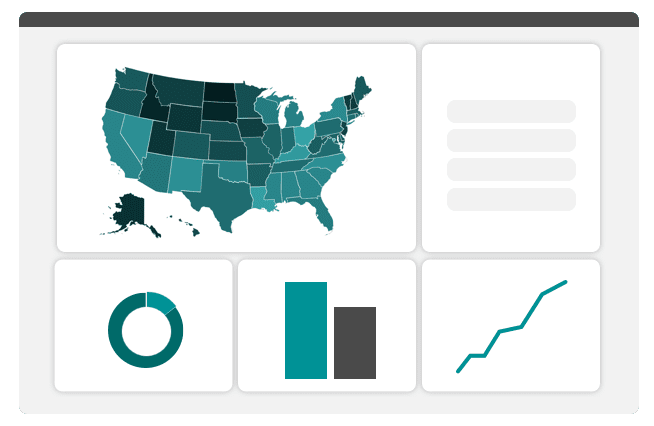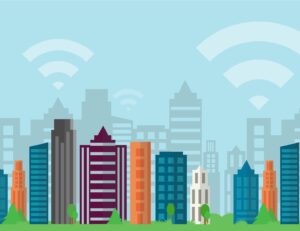SAN FRANCISCO, CA – July 12, 2023 – EducationSuperHighway, the national non-profit with a mission to close the broadband affordability gap, today released a new report containing data, tools, and resources to help states leverage federal broadband funding to launch Free Apartment Wi-Fi programs that can close the 20-25% of America’s digital divide concentrated in affordable apartment buildings.
Modeled after how Wi-Fi is delivered in most hotels today, Free Apartment Wi-Fi programs are the most cost-effective way to bring reliable, high-speed internet to 6.5 million unconnected people that lack home broadband. Home broadband is essential for daily life, connecting those with incomes below the federal poverty threshold to the digital economy, education, and healthcare and providing access to the social safety net and critical government services.
Today’s announcement provides states with a comprehensive action plan to leverage the $45 billion in broadband funding included in the Infrastructure Investment and Jobs Act (IIJA) to deploy Free Apartment Wi-Fi programs to 85,000 apartment buildings nationally. Key report highlights include:
- Free Apartment Wi-Fi can connect 6.5 million unconnected people in 4 million households to reliable high-speed home internet.
- By allocating just 18% of their Broadband Equity, Access, and Deployment (BEAD) funds to deploy hotel-style Wi-Fi networks, states can close 23% of the broadband affordability gap.
- Free Apartment Wi-Fi is the most cost-effective way for states to connect 450,000 households in the 9,417 affordable apartment buildings that the FCC National Broadband Map has identified as unserved and underserved.
- 75,378 additional affordable apartment buildings are eligible to have free Wi-Fi networks installed as a priority use of BEAD funds, and states should follow the National Telecommunications and Information Administration’s (NTIA) Multi-Dwelling Unit (MDU) challenge process guidance to determine which of these additional buildings needs to be prioritized.
A Cost-Effective Way for States To Close the Digital Divide
Since the start of the pandemic, EducationSuperHighway has been piloting Free Apartment Wi-Fi networks in affordable apartment buildings and has found it to be one of the most cost-effective ways for states to close the digital divide. Access to home internet increases the annual income of an under-resourced American household by $2,000, which is three times the $650 average cost to connect an apartment and a potential economic impact of $7.8 billion every year. Their report highlights several states, including Nevada, New York, Maryland, and Massachusetts, who are leading the way by deploying these networks using the U.S. Department of the Treasury’s American Rescue Plan Act’s (ARPA) $10 billion Capital Projects Fund (CPF) and provides an action plan for others to follow.
“By explicitly including the deployment of Free Apartment Wi-Fi as an eligible use of broadband infrastructure funds, Congress recognized the potential of Free Apartment Wi-Fi programs to close the digital divide,” said Evan Marwell, CEO of EducationSuperHighway. “To seize this unprecedented opportunity, states should commit BEAD and DEA funding to deploy these programs, ensure all eligible buildings are included in their BEAD Initial Proposals, and follow NTIA’s guidance to validate the FCC Broadband Map.”
Support To Plan, Design, and Implement Free Apartment Wi-Fi Programs
A critical first step for states is ensuring they have an accurate list of buildings that are currently unserved or underserved. The FCC National Broadband Map is the primary tool by which NTIA will allocate BEAD funds to states and territories. Yet, the map only identifies multifamily housing developments as a single Broadband Serviceable Location (BSL). Unfortunately, this ignores whether broadband is available in individual units – significantly understating the number of unserved and underserved buildings eligible for funding.
Alongside the new report, EducationSuperHighway is providing states with address-level data for the buildings eligible for BEAD-funded Free Apartment Wi-Fi networks and access to their Free Apartment Wi-Fi Dashboard which offers planners with state- and city-level data on the number of buildings eligible for BEAD funding, and the populations reached. Their program experts will also directly support states in developing budgets, designing procurement processes, and implementing their Free Apartment Wi-Fi programs. All of EducationSuperHighway’s support is provided at no cost. Read the full report here.
ENDS





